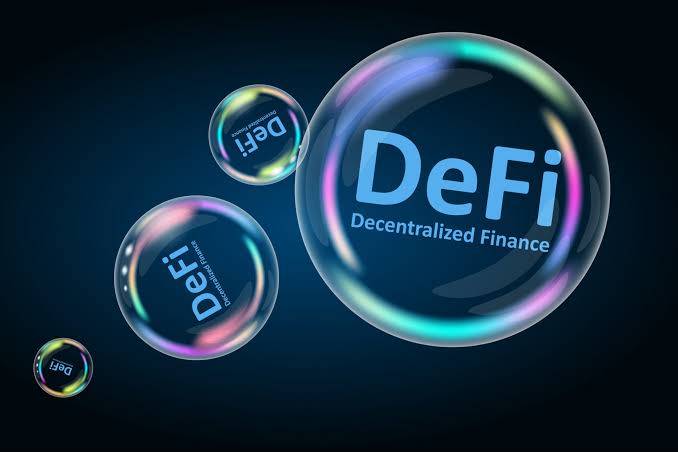
Decentralized Finance (DeFi): What Is It and How Does It Operate?
DeFi stands for “decentralized finance,” which is a term used to describe financial systems that operate on a decentralized blockchain network. This means that instead of relying on centralized institutions like banks or governments to manage financial transactions, DeFi allows for peer-to-peer transactions to occur directly between individuals.
One of the most popular use cases for DeFi is lending and borrowing. Traditional lending and borrowing systems require a lot of intermediaries and paperwork, which can make the process slow and expensive. With DeFi lending and borrowing, however, the process is streamlined and automated through smart contracts, which are self-executing contracts with the terms of the agreement between buyer and seller being directly written into lines of code.
Another popular use case for DeFi is trading. Decentralized exchanges (DEXs) allow for peer-to-peer trading of cryptocurrencies without the need for intermediaries. This means that transactions can be faster and cheaper than on centralized exchanges.
One of the key benefits of DeFi is that it is open and accessible to anyone with an internet connection. Traditional financial systems can be exclusive and only available to those with certain levels of wealth or access. DeFi, on the other hand, is open to anyone with a smartphone or computer.
However, there are also some risks associated with DeFi. Because it is still a relatively new and unregulated space, there is a higher risk of scams and hacks. Additionally, because DeFi operates on a blockchain network, transactions are irreversible, which means that if you make a mistake or are scammed, you may not be able to recover your funds.
Despite these risks, DeFi is a rapidly-growing space with a lot of potential for innovation and disruption in the financial industry. As more people become interested in DeFi and more developers build new applications and platforms, it will be exciting to see how this space evolves in the coming years.
Another interesting aspect of DeFi is the potential for new financial products and services that were previously impossible or impractical to create. For example, some DeFi platforms allow for the creation of synthetic assets, which are digital representations of real-world assets like stocks or commodities. These synthetic assets can be traded on DeFi platforms just like cryptocurrencies, which allows for more diverse investment opportunities.
Another area of innovation in DeFi is the use of decentralized autonomous organizations (DAOs). A DAO is a decentralized organization that operates through smart contracts and is governed by its members. DAOs can be used for a variety of purposes, from managing investment funds to creating decentralized social networks.
One of the most exciting things about DeFi is the potential for it to disrupt traditional financial systems. By allowing for peer-to-peer transactions and removing intermediaries, DeFi has the potential to make financial services more accessible and affordable for everyone. Additionally, because DeFi operates on a decentralized blockchain network, it is resistant to censorship and control by governments or other centralized institutions.
However, there are also some challenges that DeFi will need to overcome in order to reach its full potential. One of the biggest challenges is scalability – as more people start using DeFi platforms, the blockchain networks that they operate on may become congested and slow. Additionally, because DeFi is still a relatively new and untested space, there is a lot of uncertainty around the legal and regulatory landscape.
Overall, DeFi is a fascinating and rapidly-evolving space that has the potential to revolutionize the way we think about finance. As more people become interested in DeFi and more developers build innovative new platforms and applications, it will be exciting to see how this space evolves in the coming years.

